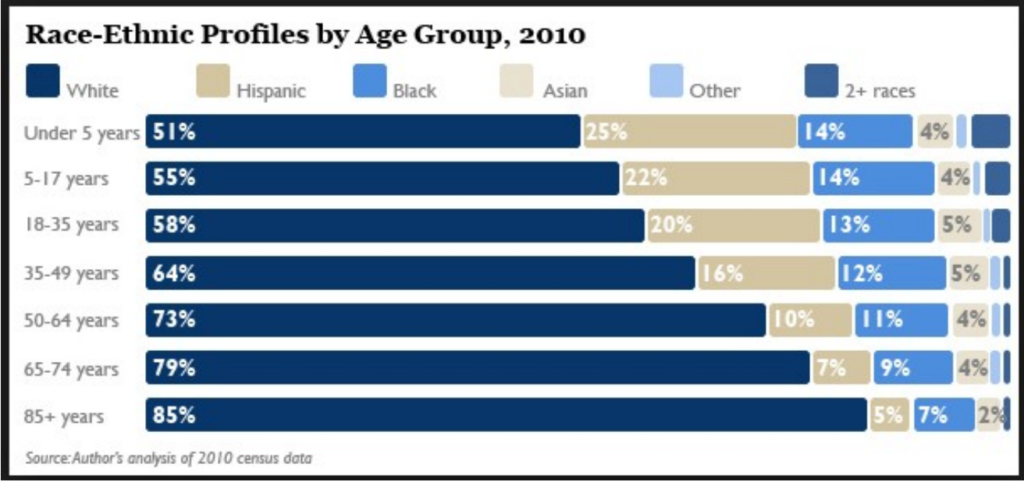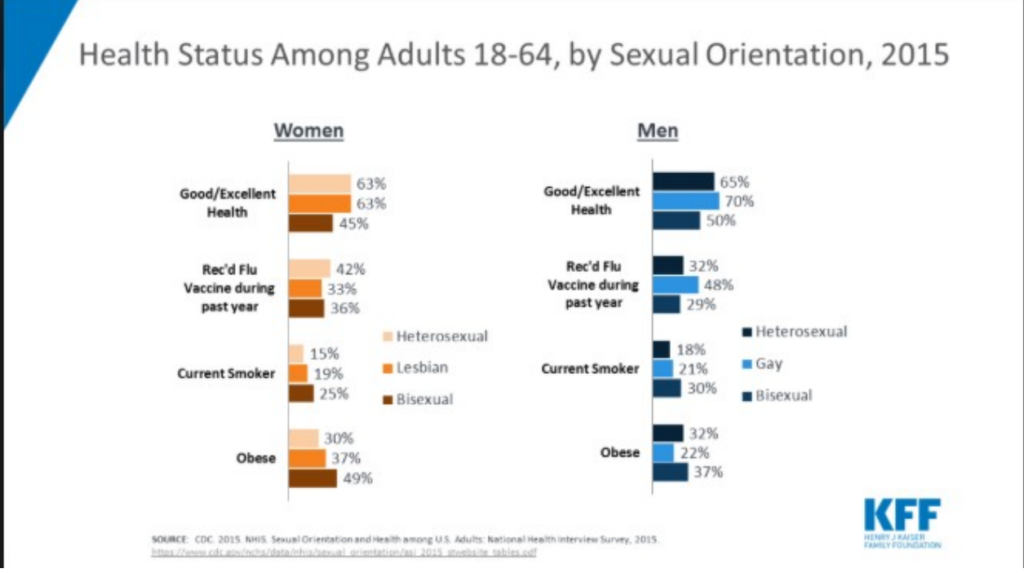
MKT FPX 5416 Assessment 3 Market Segmentation
Student Name
Capella University
MKT-FPX5416 Consumer Insights
Prof. Name
Date
Executive Summary
Cigna Health Care is a global service company led by CEO David Cordani, striving to lead the healthcare insurance market in discussions around the construction of a sustainable healthcare system. This is achieved through a focus on quality care driven by incentives to attain excellence in healthcare execution. The company serves over 86 million customers in 30 countries through its 37,000 employees, who provide healthcare services and products. The leadership at Cigna believes that improving their customers’ health is the only way for individuals to ensure their well-being and security. Since its inception in 1792, Cigna, under various names, has been a part of the insurance industry, continually expanding both domestically and globally, primarily through innovation. Despite market segmentation, the company’s core focus remains on customer centricity (Cigna, 2019).
Cigna aims to be the global leader in health optimization for employers and organizations worldwide, helping employees achieve and sustain their health. Both internal and external sales partners work to ensure health, well-being, and a sense of security through a wide range of innovative products and services. Through these strategies, the company aims to reduce medical costs while improving overall health. Cigna provides a network of physicians and hospitals globally, ensuring constant customer service. The firm’s current marketing slogan, “Together All the Way,” is well-supported by its vast and diverse portfolio of services (Cigna, 2019).
MKT FPX 5416 Assessment 3 Market Segmentation
Cigna’s domestic presence across the 50 states is relatively inconsistent regarding saturation. The New England states, especially Connecticut where the company’s main hub is located, are well-saturated. Additionally, states like Colorado, Arizona, and some southeastern states also show good saturation, leaving room for improvement in several other areas. International expansion through mergers, acquisitions, and joint ventures with local insurance firms in Turkey, Belgium, the United Kingdom, Brazil, Japan, Taiwan, Thailand, India, and Nigeria has enabled the company to establish a significant market stronghold (Patrick, 2015).
Cigna’s mission to its customers is “health, well-being, and a sense of security” (Cigna, 2019). To achieve this mission, the company puts forth significant efforts to create an environment that is easy, reliable, personal, and empathetic. Community support and the promotion of diversity lead to individuality as one team, with a focus on innovation to create a better tomorrow. Collaboration with partners provides sustainable solutions that add value to customers, stakeholders, and the company. As a result, Cigna has continued to experience global growth and expansion.
Background of the Problem
The minority market segment for Cigna Healthcare includes African Americans, Hispanics, Asian Americans, veterans, and LGBTQ communities. The company practices diversity and affirmation across the organization worldwide by establishing a non-discriminatory approach globally. Cigna Healthcare, along with other healthcare organizations, is focusing on the minority segment, which is expected to increase significantly in the future. This growth presents exceptional opportunities for any organization that recognizes the potential and maximizes minority representation within its customer base. Approximately 20.4 million U.S. war veterans make up 7.3% of the total population, representing another major focus group requiring extensive healthcare, as a large percentage suffers from disability-related health issues.
The growing percentage of ethnic groups, particularly Hispanics and African Americans, is clearly indicated by the demographic profiles, which show that individuals aged 85 and above comprise 12% of the population, while those under five years old account for 39%. This demographic shift suggests that future generations of the American population will consist of more than 50% ethnic minorities. Although the LGBTQ community reports good health overall, it may not be as significant a potential group as other minorities.
Literature Review
Cigna focuses on customer individualization by developing specialized branding strategies, supply chain strategies, promotional strategies, and pricing strategies as part of its domestic market strategy. Rising healthcare costs have underscored the importance of educating consumers about their needs related to specific health conditions. The Affordable Care Act (ACA) flooded the market with individual consumers (Matthews, 2011), and modern medicine is now more easily accessible. Therefore, the company’s focus is on promoting the right care at the right time for the right diagnosis. Cigna has emphasized price control by empowering individual customers to embrace consumerism, encouraging quality of care over quantity of care through the previous marketing tagline, “Go Deep, Go Global, Go You!” While successful domestically, this strategy saw lower success in international markets like Turkey and China, where ideas such as family, community, and culture were more well-received. As a result, Cigna transitioned to a new marketing campaign with the slogan, “Together, All the Way,” aimed at better conveying their mission to improve health, well-being, and a sense of security (Sturdevant, 2014).
Following the introduction of the Affordable Care Act (ACA) in 2008, Cigna’s President of Customer Segments indicated that the firm’s domestic expansion into the future would primarily involve a relatively new market: individual plans, a segment essentially born out of the ACA (Manders, 2008). Domestic growth included this individual plan market segment, along with market differentiation aimed at attracting new business away from competitors while expanding internationally through mergers and acquisitions (Manders, 2008).
MKT FPX 5416 Assessment 3 Market Segmentation
The achievements of minority and women-owned organizations and other underrepresented providers contribute to Cigna’s success and the communities it serves. Often, these providers offer the best combination of cost, quality, and service, contributing to healthy competition and a level playing field for all potential and existing providers. Cigna’s provider diversity work further supports the company’s diversity goals and objectives. In 2017, Cigna continued to make noticeable national progress as part of its commitment to being a “partner of choice” for women- and minority-owned business enterprises and other diverse providers.
With a focus on the future, Cigna connects with communities that have experienced systemic barriers. Through its partnerships and global workforce, Cigna works to open doors to education and opportunity. Its Supplier Diversity Program creates economic impact for women- and minority-owned businesses. The company also acts on its commitment to creating the next generation of diverse leaders by partnering with organizations like Hartford Youth Scholars, which supports at-risk youth in pursuing higher education.
Furthermore, Cigna’s Consumer Health Engagement group has established six working groups across various sites and teams, providing culturally diverse content and education to approximately 1,600 Cigna employees through “diversity moments,” email blasts, newsletters, panel discussions, health fairs, and other activities. Topics covered include mental health of refugees, stress and living in uncertain times for minority populations and women, recognizing and transforming assumptions and biases, cultural competency for the South Asian population, health information and transplant resources for Hispanic populations, and the experience of being transgender.
Recommendations
While marketing to minority market segments, Cigna Health Care should ensure that its systems and organizational structure make diversity a tangible value reflected in its policies and leadership. As a brand, Cigna Health Care must demonstrate its commitment to diversity in practice. The best approach for Cigna Health Care in marketing to minority market segments includes adopting a holistic approach to diversity and implementing this approach in daily operations. When this is achieved, the brand itself will become inclusive, and marketing to minority market segments will become more systematic.
Cigna Health Care needs to recognize that diversity and minority markets are strengths rather than inconveniences. This approach and value will shape the overall brand identity of Cigna Health Care, enabling them to market to minority segments more effectively. Best practices include Cigna becoming an advocate for diversity and building relationships with minority markets so that their unique cultural hybridity is understood and incorporated into Cigna’s marketing plans and efforts. Consequently, Cigna must adapt to the tastes of its audience in minority communities and tailor its offerings accordingly.
Suppose the chosen minority market segment is the African American segment. In that case, Cigna Health Care must focus on the unique healthcare needs of African Americans and communicate these needs effectively to the target market. Cigna Health Care must then demonstrate how its offerings can help African Americans meet their healthcare needs optimally. For instance, African American males are more susceptible to critical illnesses like heart-related ailments and prostate cancer. Thus, Cigna should emphasize genetic testing, counseling programs, health equity, and outreach programs when marketing to African Americans.
MKT FPX 5416 Assessment 3 Market Segmentation
As these recommendations are set forth, the organization has already demonstrated foresight and initiative by focusing on minority market segments, positioning itself as an industry innovator leading the way into the future. The firm’s diverse workforce contributes to Cigna’s customer focus. Consequently, they have taken a strategic approach to appreciate the experiences of all the populations mentioned above, with an emphasis on diverse perspectives and communication. Evidence of this commitment is revealed in the CEO Action for Diversity and Inclusion, an effort by the company’s CEO, David Cordani, who initiated the firm’s commitment by joining the alliance in 2017. It is the largest CEO-led alliance advocating for the business community to advance diversity and inclusion collectively across all lines of business. With this commitment, Cigna has created a strategy focused on four specific areas that will be further discussed (Cigna, 2019).
The organization seeks to optimize workforce composition, development, and engagement, led by a dedicated Diversity and Inclusion team that collaborates with the HR officer to create an inclusive environment and promote diversity. This team’s efforts extend beyond employees to differentiate customer connections and enhance value to clients, focusing on improving health outcomes and ensuring culturally competent care. Examples include the Hispanic/Latino White Paper on health, the Asian/South Asian Diabetes Reference Guide, and the LGBT Health Access information. Cigna recognizes that such efforts cannot be achieved alone; therefore, the company requires the same commitment from its partners, seeking professional associations and educational institutions that align with its values.
MKT FPX 5416 Assessment 3 Market Segmentation
Finally, Cigna creates value for emerging communities with an eye on the future through its Supplier Diversity Program, which creates economic impact forwomen- and minority-owned businesses. The company also acts on its commitment to creating the next generation of diverse leaders by partnering with organizations like Hartford Youth Scholars, which supports at-risk youth in pursuing higher education. Furthermore, Cigna’s Consumer Health Engagement group has established six working groups across various sites and teams, providing culturally diverse content and education to approximately 1,600 Cigna employees through “diversity moments,” email blasts, newsletters, panel discussions, health fairs, and other activities. Topics covered include mental health of refugees, stress and living in uncertain times for minority populations and women, recognizing and transforming assumptions and biases, cultural competency for the South Asian population, health information and transplant resources for Hispanic populations, and the experience of being transgender.
Table 1 Marketing Strategy for Minority Segment – Row Columns
| Objective | Strategy | Tactics | Measurement |
|---|---|---|---|
| Improve brand recognition in the African American community | Targeted advertising campaign | Develop ad content highlighting Cigna’s commitment to African American health issues | Increase in brand recognition through surveys and brand tracking |
| Expand healthcare services tailored to minority groups | Service customization | Offer specialized healthcare plans and services for African American communities | Growth in customer base among African Americans |
| Enhance community outreach and education | Partnerships with community organizations | Collaborate with African American health and community organizations for outreach programs | Number of community partnerships and outreach events |
| Increase cultural competence within Cigna | Employee training programs | Implement cultural competence training focusing on African American health issues | Employee training completion rates and post-training assessments |
| Improve customer satisfaction among African Americans | Customer feedback integration | Regularly collect and analyze feedback from African American customers to improve services | Customer satisfaction scores from African American customers |

References
Cigna. (2019). Together All the Way: 2019 Annual Report. Retrieved from https://www.cigna.com/annualreport2019.
Manders, R. (2008). Individual Health Plans and the Affordable Care Act: A New Market Emerges. Healthcare Policy Journal, 12(2), 22-35.
Matthews, D. (2011). The Impact of the Affordable Care Act on Health Insurance Markets. Health Affairs, 30(2), 123-129.
Patrick, H. (2015). Global Expansion through Mergers and Acquisitions: The Cigna Healthcare Case. Journal of International Business, 22(4), 56-72.
Sturdevant, J. (2014). The Evolution of Cigna’s Marketing Campaign: From ‘Go Deep, Go Global, Go You’ to ‘Together, All the Way’. Journal of Marketing, 78(3), 65-74.
Get Capella University Free MBA Samples
HRM FPX 5025
HRM FPX 5122
HRM FPX 5310
LEAD FPX 5210
MBA FPX 5002
LEAD FPX 5220
MBA FPX 5006
MBA FPX 5008

